In the ever-evolving world of international trade, navigating customs regulations can be a complex task. One crucial aspect for importers bringing goods into the United States is the Importer Security Filing (ISF).
Let’s explore the world of ISF that will equip you with the knowledge and strategies to ensure smooth and compliant imports.
Definition and Purpose of ISF in Shipping
The ISF, also known as the 10+2 rule, is a mandatory electronic filing requirement implemented by U.S. Customs and Border Protection (CBP) for all ocean freight shipments entering the United States.
It serves as a critical layer of security, providing CBP with advanced electronic information about incoming cargo. This allows them to assess potential risks associated with the shipment and identify high-risk goods before they arrive at U.S. ports, streamlining the clearance process for low-risk shipments.
ISF: Enhancing CBP’s Risk Assessment Capabilities
Before the implementation of ISF, CBP relied heavily on random physical inspections of incoming cargo, leading to delays and bottlenecks. The ISF system empowers CBP to target high-risk shipments for closer scrutiny while allowing low-risk shipments to clear customs swiftly. This not only strengthens border security but also fosters a more efficient and predictable import process.
ISF Requirements and Composition
1. Demystifying the ’10+2′ ISF Requirement
The 10+2 rule refers to the specific data elements required for an ISF filing. Here’s a breakdown:
10 Data Elements from the Importer:
- Seller Name and Address: This identifies the party who sold the goods to the importer.
- Consignee Name and Address: This refers to the final recipient of the goods within the United States.
- Manufacturer/Supplier Name and Address: This information helps CBP trace the origin of the goods.
- Country of Origin: This identifies the nation where the goods were manufactured.
- Harmonized Tariff Schedule (HTS) code: The HTS code is a critical classification system used by CBP to determine applicable duties and taxes.
- Port of Arrival: This specifies the U.S. port where the shipment will arrive.
- Container Stuffing Location: This identifies the location where the cargo was containerized for shipment.
- Buyer’s Reference Number: This allows the importer to track the shipment internally.
- Conveyance Name and Voyage Number: This information pertains to the specific vessel transporting the shipment.
- Estimated Value of Shipment: This refers to the declared value of the goods for customs purposes.
2 Additional Data Elements from the Ocean Carrier
- Container Status (Empty/Full)
- Seal Number(s)
2. ISF 10+2 vs. ISF-5 Filings
It’s important to note that there are exceptions to the 10+2 rule. Shipments valued at $800 or less and qualifying for informal entry procedures under the Automated Commercial Environment (ACE) system may only require an ISF-5 filing. This simplified filing includes a subset of the 10+2 data elements.
The Importer Security Filing (ISF) requirements, mandated by U.S. Customs and Border Protection (CBP), include ISF 10+2 and ISF-5 filings. Understanding the differences between these filings is crucial for compliance and efficient import operations.
| Aspect | ISF 10+2 | ISF-5 |
| Applicability | Required for all shipments entering the U.S. | Required for certain shipments qualifying for informal entry (valued at $800 or less) under ACE |
| Number of Data Elements | 10 data elements + 2 additional elements | 5 data elements |
| Data Elements | Seller | Booking Party |
| Buyer | 2. Foreign Port of Unlading | |
| Importer of Record Number | 3. Place of Delivery | |
| Consignee Number | 4. Ship-to Party | |
| Manufacturer (or Supplier) | 5. Commodity HTSUS Number | |
| Ship-to Party | ||
| Country of Origin | ||
| HTSUS Number | ||
| Container Stuffing Location | ||
| Consolidator (Stuffer) | ||
| Additional Elements | Vessel Stow Plan | Not applicable |
| Container Status Messages | Not applicable | |
| Purpose | Provides comprehensive data to ensure cargo security and compliance | Simplified filing for low-value shipments to streamline the entry process |
| Timing | Must be filed at least 24 hours before cargo is loaded onto the vessel | Must be filed before the shipment arrives in the U.S. |
| Examples of Use | Full container loads, large consignments | Low-value shipments, informal entries |
| Filing System | Automated Commercial Environment (ACE) | Automated Commercial Environment (ACE) |
Understanding these distinctions helps importers comply with U.S. regulations and ensures smooth customs clearance for their shipments.
Historical Context and Legal Foundation
1. The Inception of ISF Regulations
The ISF regulations stem from two key pieces of legislation:
- The SAFE Port Act of 2006: This act is aimed to strengthen U.S. port security by enhancing CBP’s ability to identify and target high-risk shipments.
- The Trade Act of 2002: This act further emphasized supply chain security measures, paving the way for the implementation of ISF.
2. Implementation Timeline and Significance
The ISF filing requirement came into effect on January 26, 2009. This marked a significant shift in U.S. import regulations, requiring importers to electronically transmit advance shipment information to CBP.
3. Penalties and Fines for Non-Compliance
Failure to comply with ISF filing requirements can lead to severe consequences, including:
- Liquidated Damages: CBP can impose liquidated damages of up to $5,000 per violation for late, inaccurate, or missing ISF filings. These penalties can quickly add up and significantly erode your profit margins.
- Delays and Cargo Holds: Non-compliant shipments may be subject to delays at the port while CBP investigates and verifies the information. This can disrupt your supply chain and lead to lost sales opportunities.
- Detention and Seizure: In extreme cases, CBP may detain or even seize non-compliant shipments, further exacerbating delays and potentially resulting in spoilage or damage to perishable goods.
Identification of the ISF Importer and Their Responsibilities
The party responsible for filing the ISF is known as the “ISF Importer.” This can be the:
- Importer of Record: This is the individual or entity bringing the goods into the United States and is ultimately responsible for customs clearance.
- Licensed Customs Broker: Many importers choose to work with a licensed customs broker who can handle the ISF filing process on their behalf, ensuring accuracy and compliance.
- Ocean Carrier (in Specific Cases): For cargo remaining on board a vessel (FROB), immediate exportation (IE), or transportation and exportation (T&E) shipments, the ocean carrier assumes the responsibility for ISF filing.
Roles of Customs Brokers, Freight Forwarders, and Self-Filing Options
- Customs Brokers: As mentioned earlier, customs brokers offer expert guidance and assistance with ISF filing and other customs clearance procedures. They possess in-depth knowledge of CBP regulations and can help navigate complexities, ensuring a smooth import process.
- Freight Forwarders: While freight forwarders primarily manage the transportation aspects of your shipment, some may offer ISF filing services as part of their comprehensive logistics package.
- Self-Filing: Importers can also choose to file the ISF themselves electronically through the Automated Commercial Environment (ACE) system offered by CBP. This option can be cost-effective for experienced importers with a good understanding of ISF requirements. However, it requires staying updated on CBP regulations and potential technical challenges.
Compliance Measures and the Importance of Accurate and Timely Filing
To ensure ISF compliance, it’s crucial to:
- Gather accurate and complete data well in advance of your shipment.
- File the ISF electronically through ACE at least 24 hours before the cargo is loaded onto the vessel bound for the United States.
- Maintain detailed records of your ISF filings for potential audits by CBP.
By prioritizing accurate and timely ISF filing, you can minimize the risk of delays, penalties, and disruptions to your import process.
Benefits and Challenges of ISF Filing
1. The Critical Role of ISF in Securing Borders and Facilitating Imports
ISF plays a vital role in:
- Strengthening U.S. Border Security: By providing advance shipment information, CBP can identify potential threats and target high-risk shipments for closer scrutiny, deterring smuggling and other illegal activities.
- Facilitating Smoother Imports: For compliant shipments, ISF allows for faster clearance at ports of entry, reducing delays and expediting the flow of goods into the United States.
- Enhanced Visibility and Risk Management: Accurate ISF data empowers CBP to gain a clearer picture of the global supply chain, allowing them to better manage risks and allocate resources strategically.
2. Consequences of Failing to Submit ISF Filings on Time
The consequences of failing to submit an ISF filing on time, or filing inaccurate information, can be significant, as discussed earlier. These include:
- Financial Penalties: Liquidated damages imposed by CBP can significantly impact your bottom line.
- Shipment Delays: Non-compliant shipments may face delays at the port while CBP investigates, potentially disrupting your production schedules and delivery timelines.
- Reputational Damage: Consistent non-compliance can damage your reputation with carriers, customs brokers, and other stakeholders in the international trade community.
3. Strategies to Overcome Common Bottlenecks and Sourcing Information Challenges
Common challenges associated with ISF filing include:
- Data Gathering Delays: Ensuring all the required data elements are collected accurately and on time can be a challenge, especially for complex shipments with multiple parties involved.
- Communication Gaps: Clear communication between importers, suppliers, and freight forwarders is crucial for obtaining accurate information.
- Technological Challenges: Navigating the ACE system and ensuring proper data transmission can be daunting for some importers.
Strategies to Overcome these Challenges include:
- Early Planning and Communication: Start gathering data well in advance of your shipment and establish clear communication channels with all involved parties. This ensures everyone has ample time to gather and share necessary information.
- Standardized Data Collection Processes: Develop standardized procedures for collecting and verifying ISF data within your organization. This minimizes errors and streamlines the process.
- Investment in Technology: Consider using software solutions specifically designed to facilitate ISF filing. These tools can automate data collection, validate information, and ensure timely electronic submission through ACE.
- Partnering with a Customs Broker: Leveraging the expertise of a licensed customs broker can significantly alleviate the burden of ISF compliance. They can guide you through the process, ensure accuracy, and handle potential issues with CBP on your behalf.
ISF Filing Process and Best Practices
1. Step-by-Step Guide on How to File an ISF
Here’s a simplified breakdown of the ISF filing process:
1. Gather all required data elements as outlined earlier.
2. Access the Automated Commercial Environment (ACE) system through CBP’s website.
3. Create an ISF filing by entering the data electronically.
4. Validate and review the information for accuracy and completeness.
5. Submit the ISF electronically to CBP at least 24 hours before the cargo is loaded onto the vessel.
6. Maintain a copy of the ISF filing for your records.
2. Benefits of Self-Filing: Cost Savings, Increased Visibility, and Reduced Compliance Risk
While partnering with a customs broker offers significant advantages, some experienced importers may choose to self-file their ISFs. Here are some potential benefits:
- Cost Savings: Self-filing can be a more cost-effective option, especially for low-volume importers with a good understanding of ISF requirements.
- Increased Visibility: Self-filing allows you to maintain direct control over the ISF filing process and have full visibility into the submitted data.
- Reduced Compliance Risk: By taking ownership of the process, you can ensure adherence to filing deadlines and data accuracy, potentially mitigating compliance risks.
3. How Technology and Software Solutions Like Magaya Can Simplify ISF Compliance
Technology can be a powerful tool for simplifying ISF compliance. Software solutions like Magaya offer a range of features specifically designed to streamline the process:
- Automated Data Collection: Magaya can integrate with your existing systems to automatically collect relevant data from invoices, purchase orders, and other sources, reducing manual data entry and minimizing errors.
- Data Validation Tools: Built-in validation tools ensure the accuracy and completeness of your ISF data before submission, reducing the risk of rejection by CBP.
- Electronic Filing Integration: Magaya seamlessly integrates with the ACE system, allowing for efficient electronic submission of your ISF filings.
- Real-Time Tracking and Visibility: Track the status of your ISF filings in real time and receive notifications of any potential issues, enabling proactive problem-solving.
By leveraging technology solutions like Magaya, importers can significantly reduce the administrative burden of ISF compliance, improve data accuracy, and ensure timely filing, fostering a smoother and more efficient import process.
Intoglo’s Role in Shipping From India to the USA
Intoglo simplifies international shipping between India and the USA by acting as a trusted partner, streamlining the entire process for a smooth journey of your cargo. Here’s how they do it:
Seamless Ocean Freight Management:
- Competitive Rates and Guaranteed Bookings: Leveraging a strong network of shipping lines to secure the best rates and ensure space on vessels.
- Expert Route Planning and Scheduling: Efficient route planning considering transit times, costs, and potential port congestion to ensure timely arrivals.
- Real-Time Tracking and Visibility: A user-friendly platform for tracking shipments in real-time, keeping you informed throughout the journey.
Door-to-Door Convenience and Last-Mile Expertise:
- Simplified Customs Clearance: Handling all paperwork and liaising with authorities to ensure smooth customs clearance.
- Last-Mile Delivery Across the USA: A vast network of delivery partners offering flexible delivery options to various destinations.
- Warehousing Solutions: Strategically located warehouses for secure storage and efficient inventory management.
Technology-Driven Efficiency and Transparency:
- Automated Processes and Data Management: Advanced technology to automate quotes, document handling, and tracking, minimizing errors.
- Real-Time Communication and Updates: Keeping you informed with real-time updates and proactive issue management.
- Dedicated Account Management: Personalized support from a dedicated account manager to meet your specific needs.
Additional Services Offered by Intoglo:
- ISF Filing Expertise: Handling the ISF filing process to ensure compliance with CBP regulations.
- Amazon FBA Integration: Facilitating the seamless movement of goods to Amazon fulfillment centers.
- Origin Port Services: Assisting with container drayage, cargo consolidation, and pre-shipment inspections in India.
By partnering with Intoglo, you gain access to a comprehensive suite of services designed to simplify and expedite your India-USA shipping journey. Their expertise, technology, and commitment to customer satisfaction allow you to focus on growing your business while they handle the complexities of international logistics.
Ready to experience a smoother and more efficient shipping experience? Contact Intoglo today for a free quote and discover how they can streamline your next shipment from India to the USA!


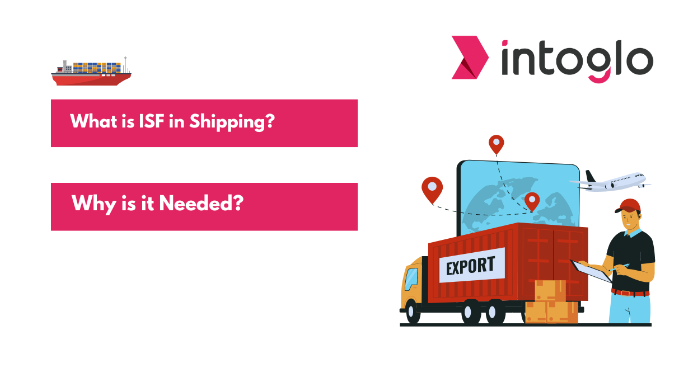
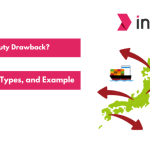

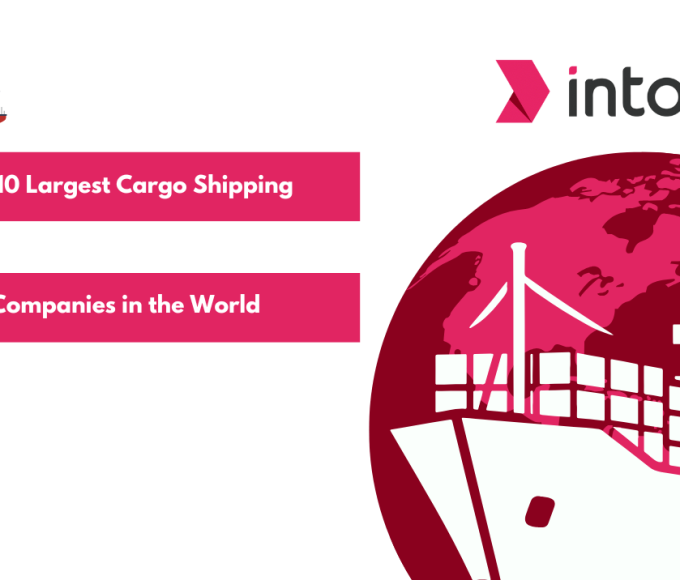

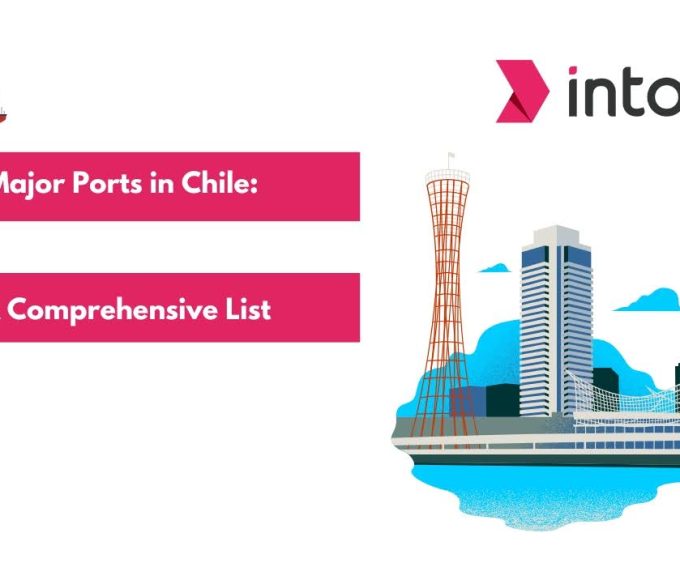
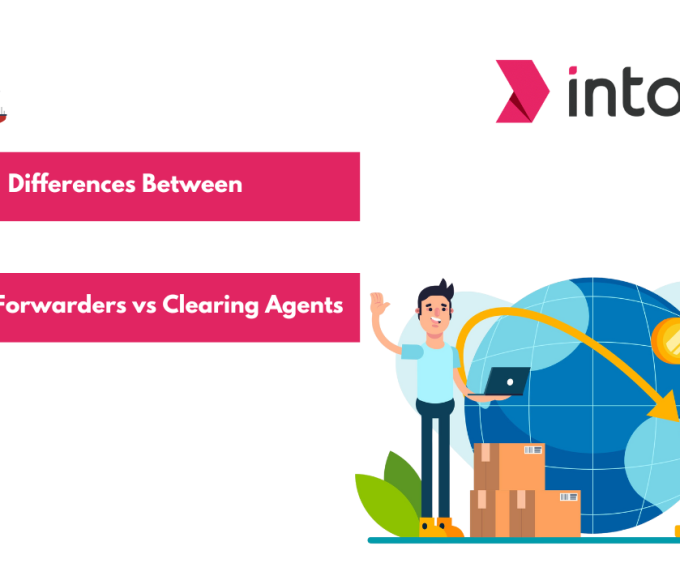
Leave a comment